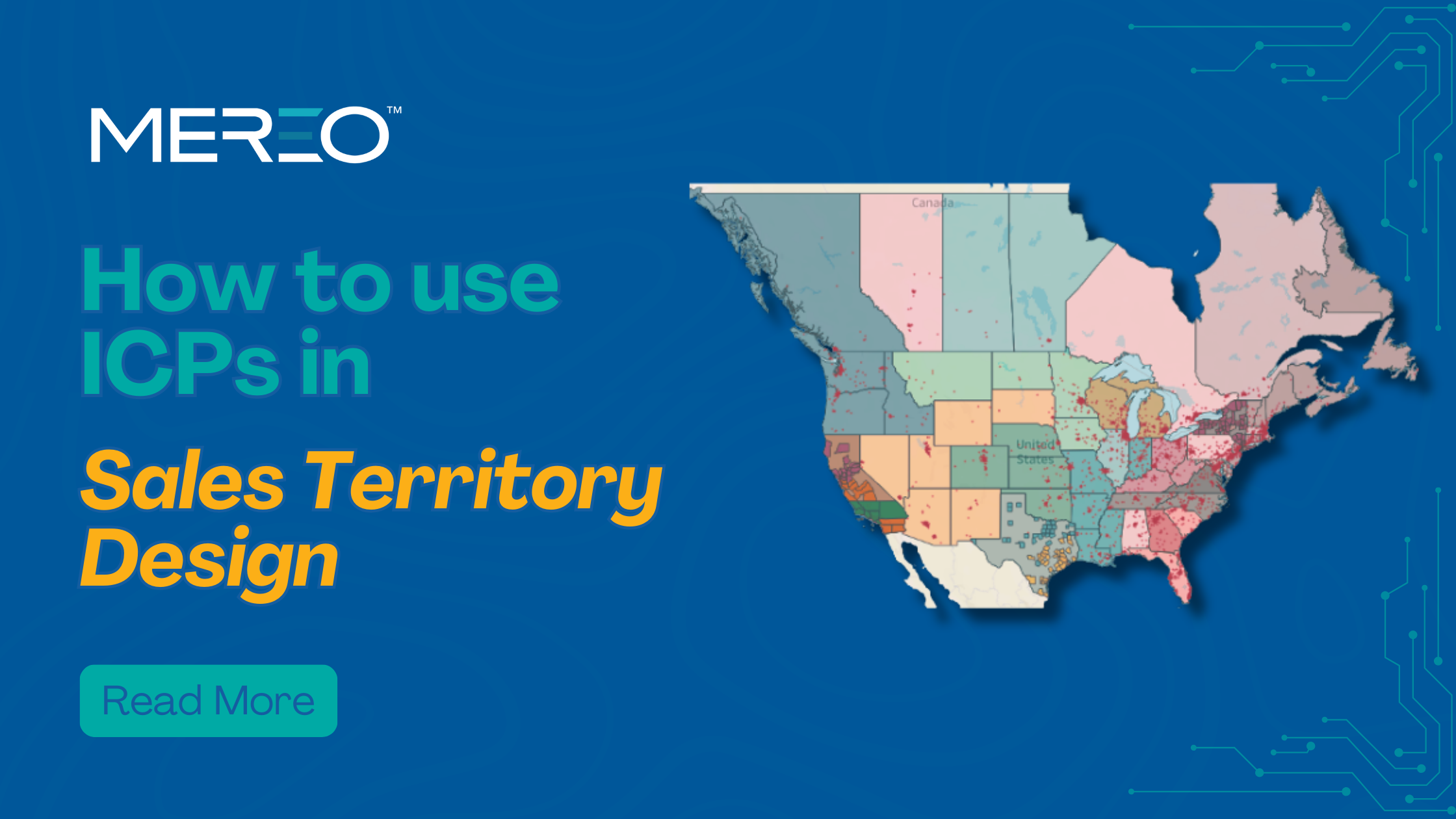In our last post, we explored how ideal client profiles (ICPs) can be activated through thoughtful sales territory design. Before that, we unpacked how AI can drive smarter, more trustworthy ICPs. Today, we turn our focus to another critical member of the C-suite: the chief marketing officer (CMO).
For CMOs, the pressure is immense. They are expected to be equal parts creative strategist and revenue contributor. But many CMOs are forced to operate with broad, generic definitions of their target market: industry, company size, maybe a technology or two.
The result? Campaigns do not land. Account-based marketing (ABM) efforts lack focus. Content misses the mark.
A strong ICP can change that. But let’s be clear: Not all ICPs are helpful. Only a robust, timely and targeted ICP can truly empower a marketing team to drive demand and align with revenue goals. Here is how you can build one that does just that.
NOT JUST A PROFILE — A PLAYBOOK
An ICP built for marketing success goes beyond surface-level firmographics. The strongest ICPs include:
- The core attributes of best-fit accounts: Industry, size, revenue, technology stack.
- Compelling events: Has the company recently raised funding? Hired a new executive? Changed strategic direction?
- Urgency signals: What challenges are they likely facing that you can speak to right now?
- AI-enhanced insights: Scraping websites, job postings, press releases and more to learn what is really going on inside the company. You can now determine their strategy and align that to how you can add value.
- Engagement intelligence: Is this company engaging with your brand already? Have they visited your website, joined a webinar or downloaded a whitepaper?
With this intelligence, CMOs can move beyond broad-brush marketing to precision plays that generate real results.
6 WAYS A ROBUST ICP HELPS A CMO WIN
- Precision ABM
With a smart ICP, ABM efforts focus on accounts that are not just a fit, but in market. This saves time and budget and increases campaign efficiency. - Content That Converts
Knowing the challenges and goals of specific ICP segments helps marketing teams craft messages that speak directly to buyer pain points. The result? Content that educates, persuades and drives action. - Campaign ROI
Generic campaigns lead to generic results. When campaigns are based on ICP-defined segments and urgency signals, ROI improves, and marketing becomes a true revenue partner. - Sales Enablement That Actually Enables
Content, tools and messaging built around the ICP are far more relevant to sales teams. It supports the conversations they are actually having with prospects, rather than theoretical ones. - Website Personalization
Dynamic website experiences rely on knowing your visitors. A robust ICP enables marketers to tailor web experiences by industry, persona or even signal, increasing engagement and conversion. - Engagement-Driven Prioritization
By layering in real-time engagement metrics — like site visits, webinar attendance or content downloads — CMOs can prioritize ICP accounts that are already showing interest, turning attention into action.
AI MAKES THE ICP SMART — AND ACTIONABLE
Today’s best CMOs are leveraging AI to enrich their ICPs and uncover:
- Who is showing intent, even if they have not raised their hand.
- What changes are happening inside companies that might trigger a buying decision.
- Why certain accounts deserve attention now, not six months from now.
AI-enhanced ICPs go beyond a static list. They offer a living, breathing playbook for where to focus, what to say and how to drive urgency in the market.
LOGISTICS SOFTWARE CMO TURNS ICP INTO A REVENUE ENGINE
When a logistics software company brought on a new CMO, leadership had a clear mandate: win larger enterprise deals. The CMO turned to the ICP to make it happen.
The ICP needed to align the marketing, sales and product teams. It had to identify ABM targets. It also needed to provide marketing and sales teams with enough input to enable months-long ABM engagements.
By examining historical success, the CMO had a strong starting point for the ICP. Next, they engaged sales and marketing to uncover key buyer pain points and urgency signals. Lastly, they used AI to aggregate insights from multiple data sources.
In the six months since improving the ICP, the logistics company added 57 new client logos in France, United Arab Emirates, Singapore, China, Argentina, Panama, Chile and the United States, among others. The sales team also achieved 121% of their quarterly bookings goal and executed a record number of contracts. Optimized ICPs truly can drive meaningful outcomes.
IF YOUR ICP IS NOT DRIVING ACTION, IT IS JUST A LIST
At Mereo, we believe that marketing should be aligned with revenue from the start. That begins with a smart, AI-enhanced ICP that goes deeper than industry and size. When you define your ICP by both fit and urgency, you unlock marketing that drives demand progression — not just awareness.
- Up Next: How ICPs empower product teams to prioritize features, markets and messaging with confidence. Subscribe to our blog below.
Ready to build an ICP that gives your CMO clarity and confidence? Schedule 30 minutes with one of our revenue experts and let’s talk.



